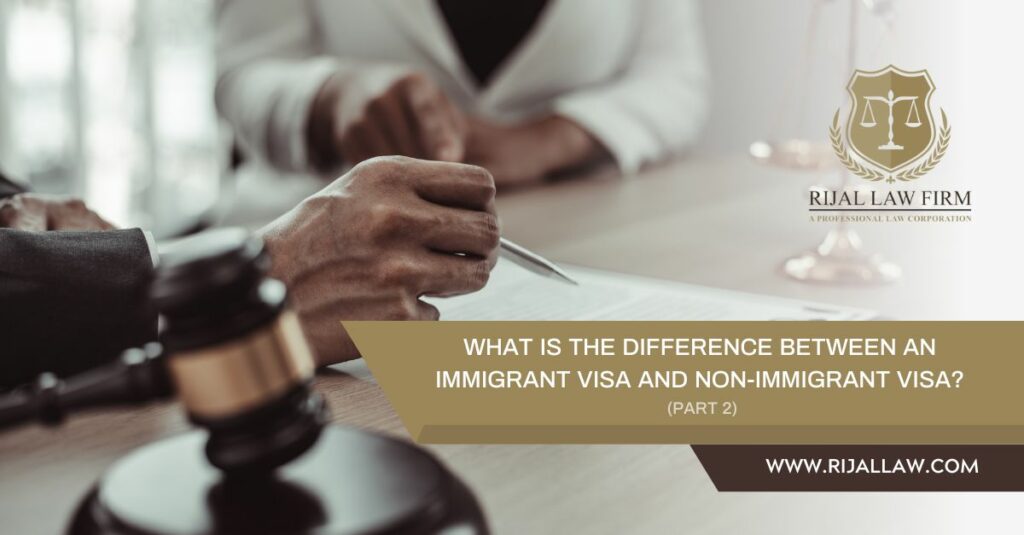Getting an immigrant visa and employment-based card is often arranged for people from other countries working for U.S.-based employers. Obtaining the card enables workers to live and work in the U.S., which permits them to transition from their country of origin more easily. While some non-immigrant visa holders may use their visas for business meetings in the U.S., immigrant visa holders plan on working permanently for U.S. employers.
Types of Employment-Based Green Cards
The type of employment-based green card you hold is based on your worker status. For example, priority workers, such as people who work in athletics or business with an “extraordinary” ability can apply for an EB-1 green card – a card given to priority workers.
EB-1 Green Card Holders
People who are issued EB-1 green cards have demonstrated an extraordinary ability – one that regularly surpasses others in their field.
EB-2 Green Card Recipients
Professionals with advanced degrees and exceptional abilities may apply for EB-2 green cards, Applicants for these green cards should have at least a master’s degree or a bachelor’s degree with 5 years of related experience.
EB-2 (with special waiver) Green Card Holders
Physicians who agree to work in underserved regions of the U.S. for a specific time can apply for an EB-2 green card with a special waiver.
EB-3 Green Card Holders
Most employment-based green cards are EB-3 green cards. An EB-3 green card is issued to people with at least a bachelor’s degree or skilled or unskilled workers with at least two years of experience or training that is not considered temporary or seasonal.
Special Workers – EB-4 Green Card Applicants
EB-4 green card holders include special workers such as ministers and missionaries, Iraq or Afghanistan nationals who’ve served the U.S. government,
Major Business Investors – EB-5 Green Card Recipients
EB-5 green card holders represent nationals from other countries who have invested either $1 million in a new U.S. business, or $500,00 in a rural section or high-unemployment area and who plan to create or have created at least 10 full-time jobs for workers.
What Happens if You Don’t Apply for U.S. Citizenship?
If you don’t apply for naturalization or U.S. citizenship as a green card holder, you’ll need to renew your green card after ten years. Residency may be revoked under special circumstances, such as the commission of a crime.
How Immigrant Visas and Green Cards Differ
Don’t confuse an immigrant visa with a green card. You’ll need an immigrant visa (a stamp on your passport) to access the U.S. You’ll receive an employment-based green card after arrival.
While the major difference between a green card and an immigrant visa is when each is received, there are some other distinctions to note as well.
- Immigrant visas should always be obtained before traveling and entry into the U.S. Again, they represent a stamp on a passport.
- A visa does not necessarily allow you to stay indefinitely. A non-immigrant visa has an established time frame – all of which is dependent on the travel reason and the expiration date. A non-immigrant visa, or temporary visa, is issued for people needing medical treatment, who are traveling on business, or who are students. They must prove they have enough money to pay for their stay and that they have permanent residency in their country of origin.
- An immigrant visa is your launching pad – or the place where you begin to seek resident status in the U.S. This visa does not establish permanent residency. It’s just a means of entry.
To keep things in the proper perspective, you need to discuss your situation with an immigration lawyer. They can help you get the documents you need, answer your questions and concerns, and keep everything progressive and secure.
What Questions You’ll Need to Ask Your Attorney
To make the immigration process less complex, you need to know what questions to ask. That is why you need to consult with an immigration attorney. They can answer the following questions:
- Specifically, what kind of visa will I need?
- What kinds of visas are there among non-immigrant and immigrant visas?
- What are the steps in the immigration process?
- What are the requirements for immigrating successfully?
- How do I apply for a green card?
- What is the cost of an immigrant visa?
- How much is the cost of a non-immigrant visa?
- What should I know about the immigration process?
- How long will I have to wait to receive my green card?
- What will happen after I immigrate?
- How can I prevent common problems or issues when immigrating or applying for a green card?
If you’re living outside the U.S. when you obtain an immigrant visa number for an immigrant visa, you’ll be directed to the U.S. consulate where you live to fill out the information for the I.D. This is the identification that shows that you plan to stay permanently.
The Rights Associated with Permanent Residency
Green card holders have the right to live and work in the U.S., travel overseas for limited periods, and the right to apply to be U.S. citizens.
While original green cards were indeed green, today’s cards are white and have black letters. They’re about the size of a credit card. They feature a photo of the holder, and their name and contact details. If you fail to maintain a permanent residence in the U.S. or break certain laws, U.S. authorities can revoke this privilege.
When applicants apply for permanent visas for U.S. immigration purposes, they have a lot of documentation to fill out. That is why you need to contact an immigration attorney to make sure you have everything completed properly.
Filling Out the Paperwork for a Green Card
Although you can obtain the necessary forms on the USCIS website, you’ll also need to make sure each document contains all the pertinent details. Your immigration lawyer can help you make a checklist of the forms you need while guiding you through the process.
These documents include:
- Form I-485 – Application to Register Permanent Residence or Adjust Status
- Form G-325A – A biographic data sheet for anyone applying who is 14 to 79 years of age
- Form I-693 (the medical exam sheet). If you’ve been a continuous resident since 1972, you don’t need to fill out the document
- Two recent color photos from the past 30 days
- Form I-864 (to be filled out by your sponsor, unless you’re adjusting to permanent residency based on a petition for employment)
- Form I-765 – Authorization for Employment – required if you wish to work in the U.S. while your application is processed
- Form I-94 – The arrival-departure record, generally used to show admission to the U.S. U.S. Customs issues this form when you enter the U.S. You should hold onto this document, as it will serve as the basis for all immigration activity.

Contact an Immigration Attorney Now
It’s important to know the fine points of getting a visa or green card. Contact a legal professional to answer your questions today. Call the Rijal Law Firm at (855) 997-4525 right away.

